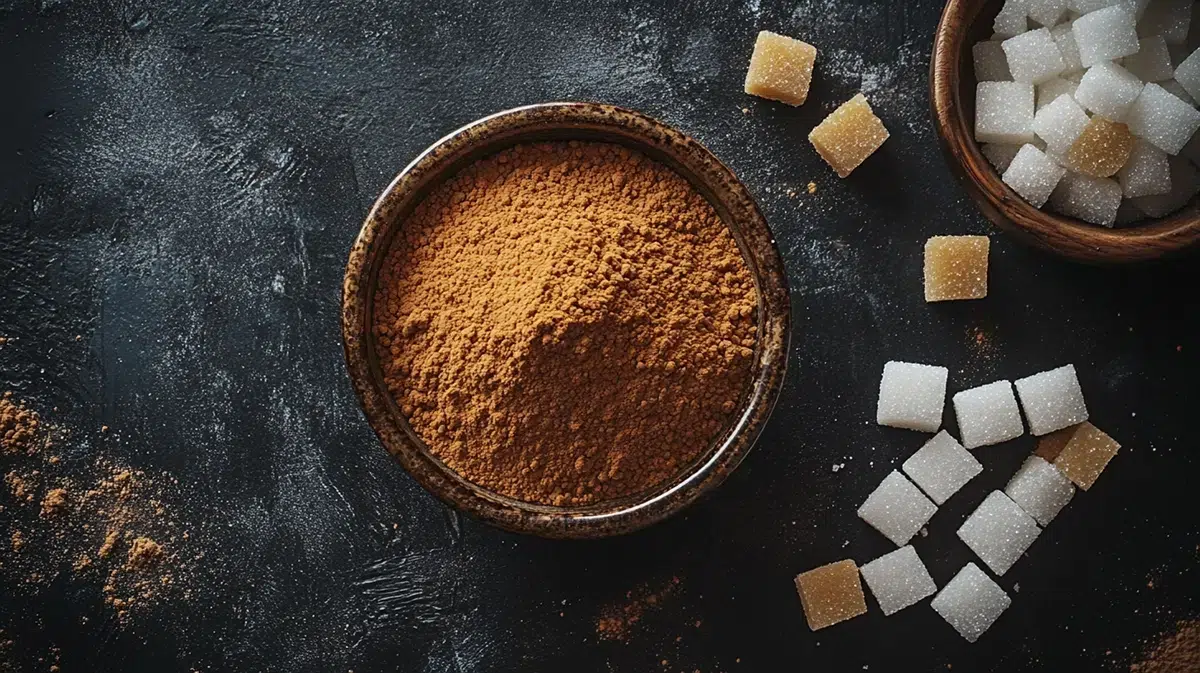Show summary Hide summary
What’s the ideal number of calories for a snack?
How many calories should your mid-afternoon snack have? How much should you eat compared with the other meals of the day? How do you calculate your calorie intake for snacks, for both adults and children, depending on your height, weight and whether you’re male or female?

The 4pm snack, more commonly known as the afternoon tea, is particularly common for children, yet this break could have many advantages for adults. In particular, it helps tospread out the absorption of nutrients in the second half of the day, allowing us to have a lighter dinner and avoid the feeling of hunger in the evening. The portion for children can be 10% compared with 5% of the daily intake for adults. Calculate the number of calories you can eat as a snack below!
Discover more tools from REGIVIA:
- Weight loss calorie calculator
- Macronutrient needs calculator
- Guide to balanced eating
- Energy expenditure calculator
What are the healthiest snacks?

Some healthy snack ideas for your mid-afternoon break
Snacking is not a compulsory part of life, but more a question of habit, and is often associated withchildhood. Over the last few decades, industrialists have taken over the snack, offering innovations that are often high in calories but low in nutrients, commonly known as ” empty calories “. However, snacks should be no exception to the rule of balance and ” full calories “, those containing essential nutrients, should reign supreme at four o’clock. No, a gourd of compote is not a piece of fruit, even if in the adverts the gourds are picked from the tree. Snacks should be healthy snacks, otherwise they become nibbles.
Tips for choosing a healthy and balanced snack
- A drink, water, tea or herbal tea (if not, get used to taking them without sugar, your palate will get used to it very quickly and your body will thank you).
- 1 piece of fresh fruit, if possible organic and therefore in season (eating organic means being able to eat the delicious nutrients that are packed into the skin of the fruit, which is difficult to do with a standard apple that receives an average of 30 treatments).
- 1 biscuit if you’re used to them, although it’s not ideal. In this case, prefer low-fat and low-sugar versions made from wholegrain cereals.
- As a very good alternative, you can also indulge yourself with a little almond or walnut.
- For those who can’t go without, 1 dairy product or a plant-based version such as 1 soya yoghurt.
Other meals












